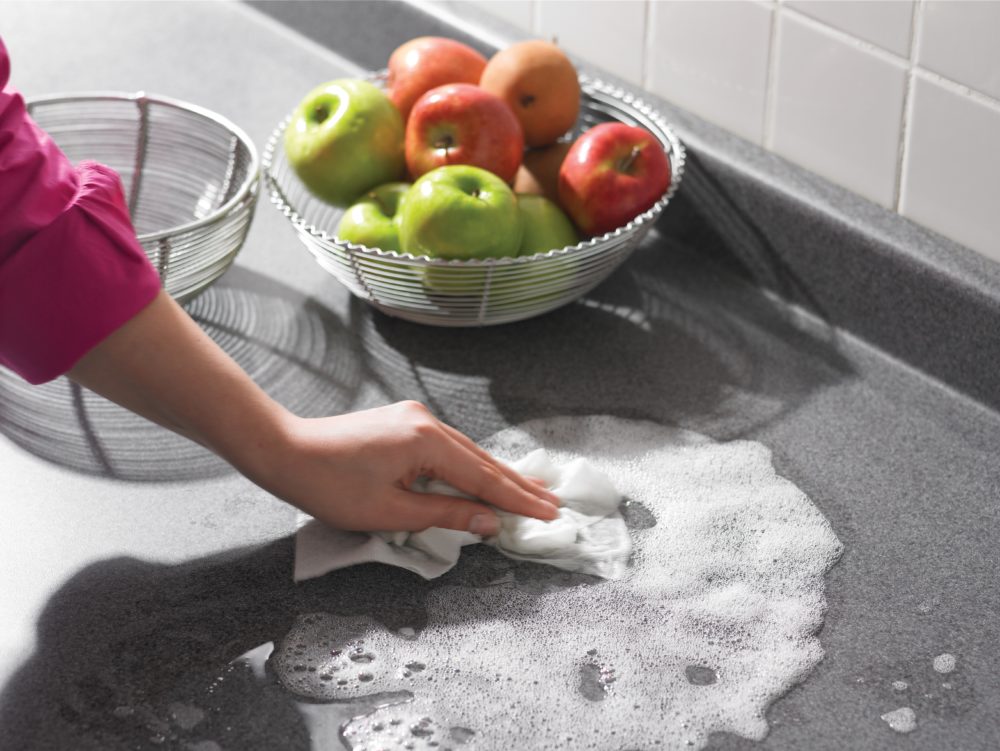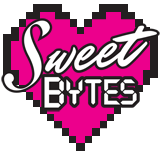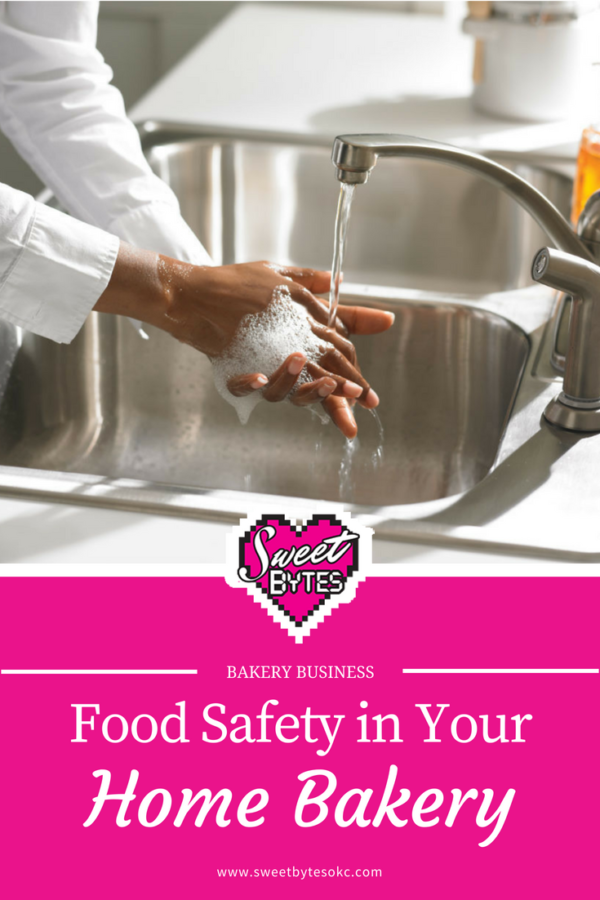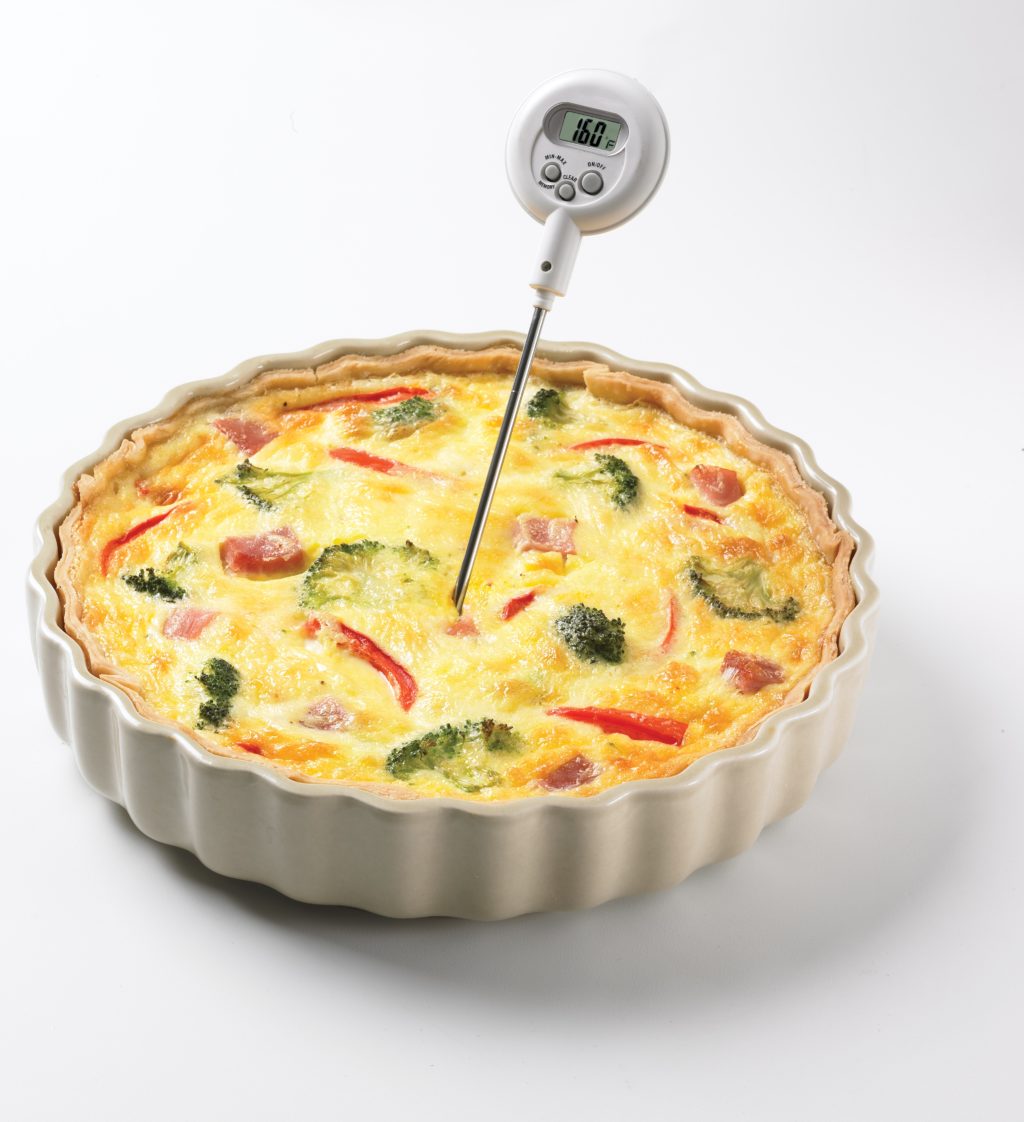Food Safety in your home bakery isn’t fun to think about.
I don’t like to think about contaminations and toxins when I’m thinking about baking, it’s an instant turn off. However, I take food safety dead serious and have practiced it so strictly that now it’s second nature.
This post contains affiliate links, I earn from purchases made through some of the links here.
If you ordered a cake from me, I know you’d be thankful that I kept you safe!
When I only prepared food for my family, I took for granted that keeping the kitchen visibly clean was enough. After taking the ServSafe Food Manager’s course and test, I knew there were a lot of improvements I needed to make. These mistakes can all be avoided with a little education and planning around the kitchen.
If you sell any of the food you make at home it’s essential that you know the basics of food safety for your home bakery. I even recommend getting your ServSafe Food Manager’s Certification or taking a similar food safety course. (I am in no way affiliated with ServSafe Food other than as a Certified Food Safety Manager in their program.)
If you can’t take the ServSafe program, here is an excellent FREE downloadable resource from the USDA: Kitchen Companion, Your Safe Food Handbook
Why? Because you don’t want to make anyone sick.
When you sell food, you are liable for the food safety.
Truly, when you sell food, you are liable for the safety of the consumer eating your food. That means it’s your legal obligation to keep the public safe from foodborne illnesses. Saying you didn’t know will not excuse you from your obligation.
Here’s a rundown of the ways food becomes unsafe:
Physical Contaminants– Any foreign object that accidentally ended up in the food like dirt, staples, band-aids, hair, and even food sourced things like nutshells and bones.
Chemical Contaminants– Any chemical that doesn’t belong in the food. This can happen with your cleaning supplies or bug repellant if not stored and used properly.
Biological Contaminants– Any pathogen like a virus, bacteria, fungus, or parasite that came from the food or transferred to the food by unsafe food handling
Contaminants are icky to even think about and if you are like me, you are mortified just thinking that it’s a possibility to sell your customers a contaminated item. So what can you do?
Practice proper personal hygiene and make everyone else in the food prep areas do it too.
- Proper hand washing– hottest water you can stand- then soap and scrub for at least 20 seconds, rinse and dry with a paper towel or hand dryer. Using a dirty towel could contaminate your hands again.
- Wash your hands after touching trash, touching dirty dishes, or switching tasks in the kitchen.
- No coughing or sneezing on food or hands, wash hands after you use a tissue
- No scratching/ touching your head, body, or face or touching wounds (if you do, go wash your hands… PROPERLY)
- Cover all wounds in a way the bandage can’t end up in the food. Food safe bandages like these are great! Curad Woven Blue Detectable Bandages
- Don’t work while sick, especially with a fever or diarrhea!
- Avoid touching your phone (that thing is GROSS) and if you do, wash your hands. Just lock it up in one of these Kitchen Safe Mini: Time Locking Container
- Gloves on washed hands are best practice. Toss gloves and wash hands when switching tasks. (You have to pair gloves WITH washed hands, they are not a substitute and they are a pain in the rear to put on when your hands are even a tiny bit wet.) Disposable Gloves/Food Preparation Gloves
- Tie back your hair and wear a hair cover.
Properly wash dry and sanitized utensils and equipment after use

- Wash, rinse and sanitize all food preparation surfaces. If you are using disposable cleaning clothes, READ the directions, most require rinsing the surface to make it food safe.
- Make sure you are measuring sanitation solutions properly so they are doing their job.
- Store your wiping clothes for the day in a bucket of sanitizer solution so they are sanitized and safe. Get clean towels every day or if you change out your sanitizing solution during the day. Microfiber Cleaning Cloths
- Store janitorial supplies properly. Don’t store janitorial supplies in the same area as food or utensils, spills and drips could make food toxic.
- Don’t spray cleaners or bug repellants around food
Know how to keep the food safe and serve it safely
- Cook food to the proper temperatures to kill pathogens. Google Scholar is your new best friend! Plus this Instant Read Thermometer
- Purchase everything you cook from a safe source, such as a trusted grocer.
- Hold food at the correct temperature. If you are delivering items, make sure you can keep the food at the proper temperature while it’s in route.Commercial Quality Insulated Food Delivery Bag
- Beware of cross-contamination. Always prepare meat in a separate area than baked goods and ready to eat food. If you must use the same area in your home kitchen, completely disinfect the area and get clean towels after finishing with meat.
- Do not have more than one activity going on at the same time. (In other words, no batter dipping chicken next to your cake decorating.)
- Respect the expiration dates and label everything. Use masking tape or day dots to be certain of when to toss things.Dissolvable Food Storage Labels
- Store finished baked goods away from raw meats and items that could contaminate the product with drips or spills. If you must store them in the same refrigerator, always store meats on the lowest shelf.
- Be aware of allergens. Especially the 7 big ones: milk, soy, eggs, fish, wheat, peanuts, shellfish, and tree nuts. Even if labels aren’t required for your operation, you should be able to answer any and all questions.
You can prevent all food safety issues!
I know a lot of this can be overwhelming when you are starting out, but once you are aware of the potential for foodborne illness and how it happens, you can prevent it. It will become second nature after a while!
Questions or comments?
If you have any questions about food safety in your home bakery, please drop me a line or leave a comment below! I will do my best to help in any way I can!
More about Bakery Business from Sweet Bytes:
How to Make a Professional Bakery Customer Service Policy
Do I Need My Own Recipes to Start a Bakery?
How to Find the Target Market for a Bakery
Choosing Between Types of Bakeries for Your New Bakery Start-Up


